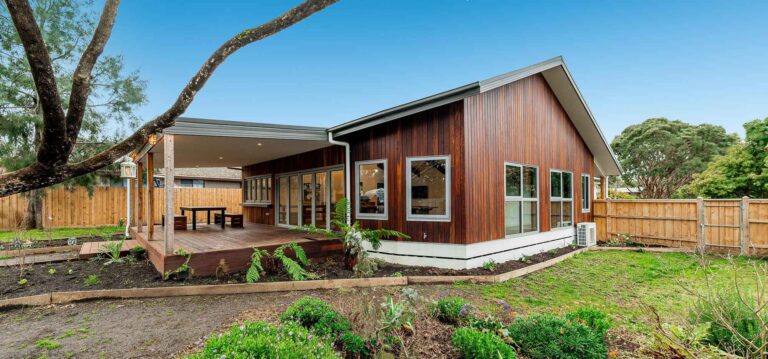About 150km North-West of Melbourne is Bendigo – a city with a rich history.
Origins of Bendigo
Bendigo takes its name from a world-famous English boxer from the 1850s – Abednego William Thompson, whose nickname was Bendigo. A local shepherd was given the same nickname thanks to his own boxing prowess, and when the town came to be named officially in 1891 the tradition continued. Prior to this, it was known as Sandhurst, thought to have originated from an English military college.
Indigenous History of Bendigo
The Dja Dja Wurrung and Taungurung people, who have occupied the area for tens of thousands of years, are recognised as the Traditional Owners and rightful peoples to preserve, protect and manage Indigenous cultural heritage in the Greater Bendigo region. The DJAARA – Balaki Wuka Corporation and the Taungurung Clans Aboriginal Corporation are the two appointed registered Aboriginal parties responsible for the area.
What is Bendigo Known For?
With a rich history in gold and alluvial mining, Bendigo is thought of as a prosperous city that wears its gold wealth with pride. The city boasts some incredible grand buildings and Victorian architecture regarded as some of the finest of any inland city in Australia. Bendigo is regional Victoria’s premier cultural and arts destination.
Gold Rush
Since the 1850s, Bendigo has been built upon a long-standing legacy with gold. In 1851, the wives of two workers from a pastoral property discovered alluvial gold nuggets in the Bendigo creek while hand washing clothes. This would set off the Victorian gold rush that lasted for over 100 years in the area, leading to Bendigo’s growth.
Rosalind Park was the site of the original tent settlement where over 800 miners arrived by December of 1851. Just six months later, approximately 20,000 people had arrived to try their luck on the goldfields. People travelled from all over the globe to Bendigo, with the population comprised from English, American, German, Irish, Scottish, Welsh and Chinese miners all eager to uncover a fortune.
It is thought that around 700,000 kilograms of gold was mined from the Bendigo area between 1851 and 1954, equating to an approximate value of $65 billion in today’s prices. Victoria Hill Reserve is a preserved treasure from the boom period, with open cut shafts and poppet heads on display. The area was also the site of one of the world’s deepest mines at the time of 4,613 feet (1406 metres).
Pottery
Bendigo, known as the ‘Ceramic Centre of Victoria’, is famous for its potteries. It is the site of Australia’s oldest working pottery – the Bendigo Pottery. Established in the 19th century by a Scottish settler named George Duncan Guthrie, the Bendigo pottery has experienced changing fortunes over its 150 years of existence. In the 1970s the business was revived by Bill Derham and has since regained its reputation for innovation and excellence.
Trams
The historical trams are also a key tourist attraction for the City of Bendigo. In operation since 1890, Bendigo Tramways has controlled battery, steam and electric powered trams for the citizens of Bendigo. Testing times were experienced on the back of World War II which led to a decline in passengers and revenue, as well as shortages in labour and materials. In the late 20th century, the Victorian Parliament granted the State Electricity Commission’s application for the abandonment of the trams.
Heritage Architecture
The gold found during the rush sheltered the Bendigo area from the worst effects of the economic depression experienced by the majority of Australia. Mine owners built grand homes near their mines alongside miner cottages. Grand villas were enhanced by ornamental gardens, elaborate fences and exotic vegetation. The discovery of gold and the wealth generated during the rush allowed for the construction of historic buildings including the Bendigo Art Gallery and the Mining Exchange.
Bendigo Boom is an architectural style that is historically significant for the collection of buildings designed by migrant architects drawn to one of the wealthiest 19th century goldfields worldwide. Bendigo Boom is known for its creative fusion of architectural and design styles, adding British characteristics to German imagery. This aesthetic explored a man’s relationship with nature and evoked garden paradises amongst the backdrop of devastation from an industrial mining industry landscape. Bendigo Boom style serves as a record of the indulgence and imagination of wealthy mine owners and speculators.
Bendigo’s Chinese Heritage
Bendigo’s Chinese influence dates back to the very first Bendigo Easter Festival over 150 years ago. Throughout the mid-1800s, about a fifth of the population was of Chinese descent. They came as miners and merchants, bringing their culture and beliefs to the goldfields. Today, you can still find Bendigo’s Chinese Joss House, a place of worship that was constructed in the 1860s and is one of Australia’s oldest examples.
Australia’s longest running cultural festival, The Bendigo Easter Festival, was started in 1871 to raise money for the Sandhurst Hospital. The Chinese community arranged for a range of cultural items to be sent from their homeland, including banners, carved iron-wheeled vehicles and the legendary creature of Chinese mythology, the dragon Loong. Today the festival honours Bendigo’s Chinese heritage and connections.


